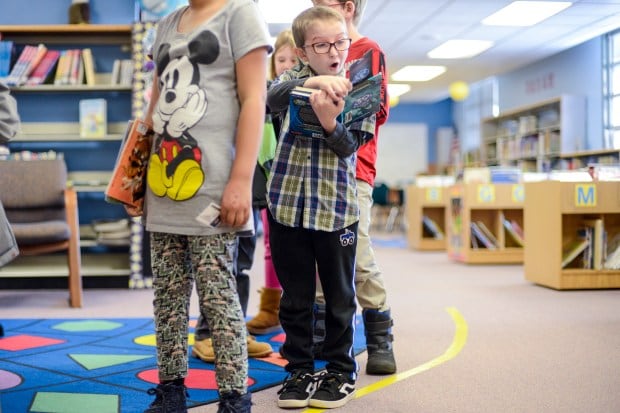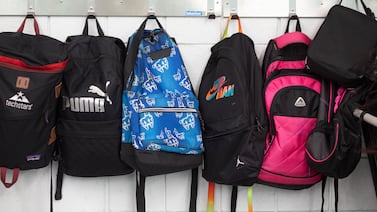Citing parent feedback and concerns about equity, the Jeffco school district announced plans to allow elementary students back in schools full time this fall.
The finalized plan, announced to staff Thursday, is based on the assumption that health guidelines will permit gatherings of more than 10 people by August. That would eliminate a challenge of finding staff and space to keep classrooms to nine students each.
“We believe based on consultations with our health department, as well as recent comments from the Governor, that that limitation will not be present in the fall,” said Jeffco Superintendent Jason Glass, who oversees Colorado’s second-largest district, serving 84,000 students.
The district will announce plans for middle and high school students by July 8.
When Jeffco students return, schools will be subject to some additional health measures, such as mandatory masks, symptom screening, and increased ventilation in buildings. School will also start later than planned, allowing staff to train on safety measures for the first eight days. Students can also choose to continue remote learning all year.
In recent weeks, as Gov. Jared Polis has suggested that public health guidance will likely allow for larger class sizes, more districts have announced that they intend to resume in-person classes — at least for some students. The Cherry Creek district on Friday said it will offer class five days a week for elementary students. Last week, Westminster and Mapleton announced plans to offer in-person classes five days a week for students at all grade levels.
Glass said for him, there were also equity concerns about remote learning that led to the in-person plan, a change from the district’s initial proposal to offer a hybrid of in-person and online school, with students on staggered schedules.
“On top of public requests for greater in-person learning, the economic needs, the academic and social-emotional needs, coupled with all of that is this overarching equity consideration,” Glass said. “We know we had lesser engagement from students in at-risk categories. That was a major concern.”
After being the first district to announce fall plans, Jeffco requested feedback in a survey and a month in, has received about 16,000 responses. The survey remains open, and so far an overwhelming majority of parents continue to say they would be likely to send their children to school if they had the option.
“We did want to be responsive to the community and our staff feedback all along,” Glass said.
He said the survey has averaged more than 90% of parents stating they would be likely to send their children back into school buildings. That’s higher than in other districts. In Westminster for instance, just 56% of parents and community members said students should return to in-person learning, though it was the option with most support.
Having students go back to in-person learning also helps districts that were trying to figure out child care options for parents. Officials in Jeffco, Aurora, and other districts have been looking for community partnerships that would give staff and maybe some other working parents a child care option for days when students are not in-school.
Glass said that would no longer be a challenge to solve for in Jeffco.
What remains to be seen is how the district will approach in-person learning for middle and high school students, although Glass said the district and board want an in-person option.
In elementary school, the district will be able to keep children in cohorts to limit their exposure to others in the buildings. But the challenge is that students in middle and high school grades move more throughout a school taking classes with different groups of students and different teachers.
“We’re working through some ways we can limit the contact students have with each other in a way that still allows them to earn credits and be able to take the courses that they want to take,” Glass said.
Officials in multiple districts have said they are creating teams that will act as tracers in the district to quickly identify and quarantine students or staff who are exposed to COVID-19. The ability to keep students and staff isolated from others will limit how many people might have to switch to remote learning if there is an outbreak.








